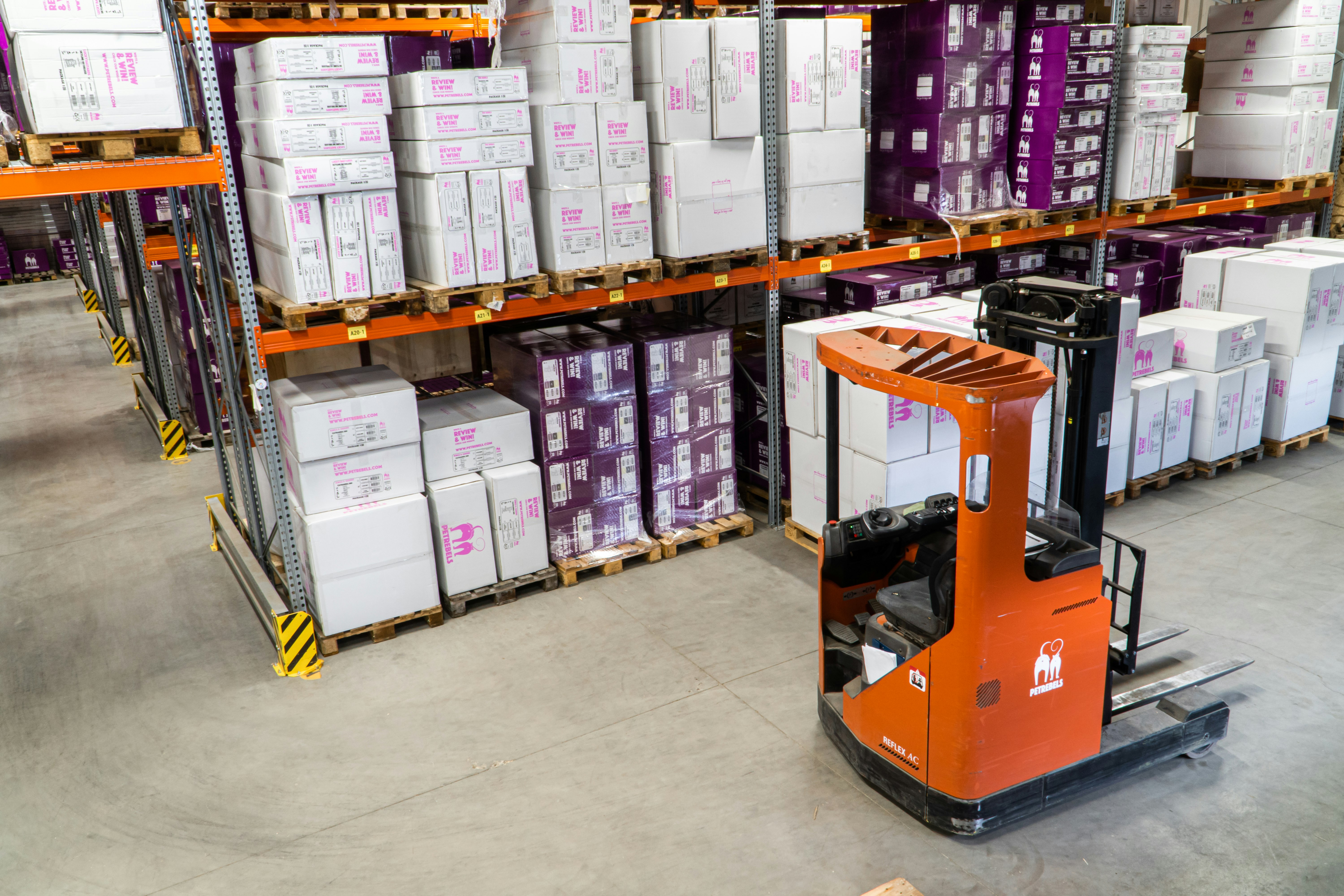EDI software/service providers/VANs that act as collecting points for EDI data are in a great position to help leverage this data because all the transactions they transfer between trading partners pass through their servers. At some point these transactions are stored on their servers, and some of the providers maintain those transactions for historical purposes. The newest trend that these providers are offering is to leverage those transactions by applying business intelligence techniques to them. What emerges from these advanced calculations takes on many forms, but in general they paint a picture of what has happened, and what is likely to happen in the future.
EDI service providers prove various forms of data collection and analytical tools to their customers. One of the main areas of concern addressed by this and other services is the category referred to as 'order performance.' Companies are increasingly looking for the 'perfect order,' an order that matches the P.O. and the delivery exactly. By looking at the aggregated data, a manufacturer can see how they are doing with their trading partners in terms of delivering the perfect order. They are able to spot trends and identify patterns that may point out difficulties they are having with particular customers, locations, carriers, or products.
The key word here is 'Cooperative' but the tools that make this process possible, if not easy to implement are already available because of the collection of data that makes up the EDI transactions that till recently, have moved through the supply chain with little analysis.




















 EDI is a significant source of big data. Of course that's no shock to anyone dealing with data storage or a VAN bill, but when you consider the volume of transactions and the number or companies involved, it would seem that there is a wealth of data in those transactions. The data now covers (depending on the trading partners) every aspect of the order process, from initial P.O. to final payment, with plenty of status updates along the way. So, what can be learned from all the data? It turns out that when looked at as an aggregate and put through the right analytical processes, there's plenty to be learned - and predicted.
EDI is a significant source of big data. Of course that's no shock to anyone dealing with data storage or a VAN bill, but when you consider the volume of transactions and the number or companies involved, it would seem that there is a wealth of data in those transactions. The data now covers (depending on the trading partners) every aspect of the order process, from initial P.O. to final payment, with plenty of status updates along the way. So, what can be learned from all the data? It turns out that when looked at as an aggregate and put through the right analytical processes, there's plenty to be learned - and predicted.